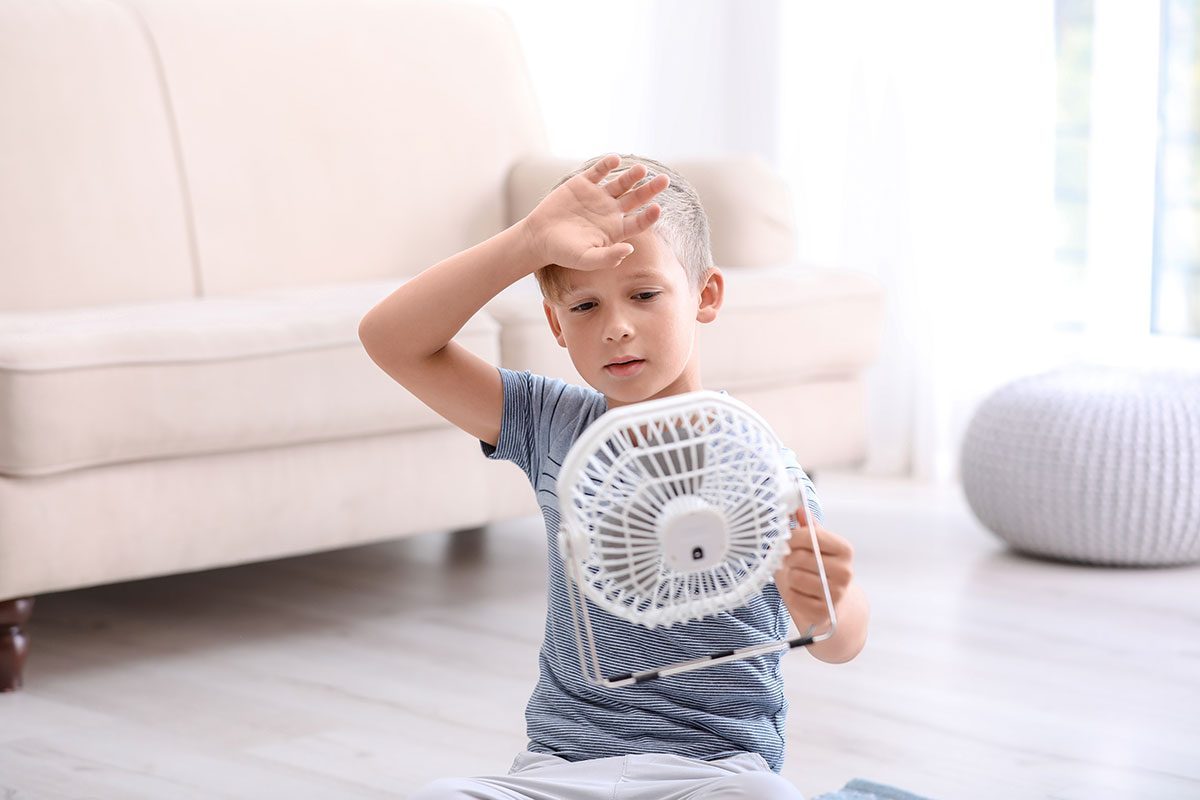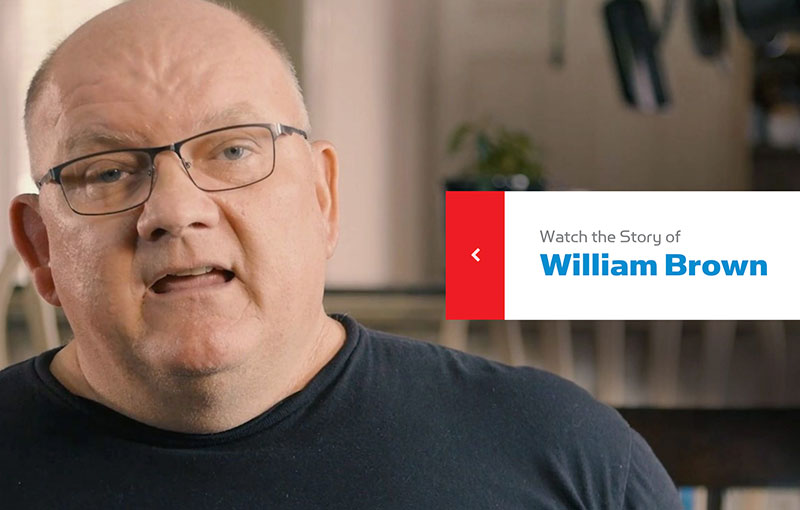Summer Safety Tips for Kids

Summer is here, and everyone is feeling the heat. Texas averages around 15 days a year when temperatures reach 100 °F or above. Heatwaves with temperatures 100 °F and above normally happens from June until September. During the summer season, it’s essential that everyone knows the types of heat illnesses, which includes heat stroke and heat exhaustion.
Heatstroke is a medical emergency and is considered the most severe type of heat illness. If you think you or your child is experiencing a heatstroke, take him to your nearest ER in Potranco right away.
Before we go over the types of heat illnesses, let’s start with prevention.
- Teach your kids do consume a
lot of fluids before, during, and after any activity in sunny weather. It
should become a habit – even if they are not thirsty. - Applying sunscreen is a must –
even on cloudy days. - Dress your kids in loose,
light-colored clothing. - During humid or hot days, it’s
best to schedule outdoor activities before noon. - Teach children to go indoors,
hydrate, and rest right away whenever they feel overheated.
Common heat illnesses during summer
1. Heat cramps – Heat cramps normally happen during or after exercise in severe heat. They are painful muscle cramps experienced in the legs. The cramp is caused by the loss of body salts and fluids during intense physical activity. Kids are particularly at risk for heat cramps.
Heat cramps may be the first sign of a more severe heat illness and should be treated immediately. When your child gets heat cramps, put him in a cool place, let him rest, and have him drink plenty of fluids. Gently massaging the cramped area may also help.
2. Heat exhaustion – Heat exhaustion occurs when a person is in a hot environment and he is not drinking enough fluids. Symptoms include headache, cool, clammy skin, increased thirst, fainting, weakness, and elevation of body temperature. Left untreated, heat exhaustion may develop into heatstroke, which is a life-threatening medical emergency.
If your child gets heat exhaustion, bring him to a cool place to rest, and encourage him to drink cool fluids, especially those that are rich in electrolytes. Apply a cool, wet cloth on your child’s skin as well. It’s best too if you call your doctor for advice, because treatment with intravenous fluids may be needed.
3. Heatstroke – This is the most severe form of heat illness. During a heatstroke, the body cannot regulate its own temperature. Emergency medical treatment is necessary to bring the body temperature under control.
If your child shows one or more of these symptoms, bring him to your local ER in Potranco right away.
- Nausea
- Severe headache
- Confusion
- Weakness
- Loss of consciousness
- Rapid breathing
- Flushed, dry skin
- No sweating
- Elevated body temperature
It is important to remember that in the event of a heatstroke, you should not give fluids unless your child is acting normally and is fully awake. Questions? Feel free to get in touch with us, we are open 24/7 for the community.


